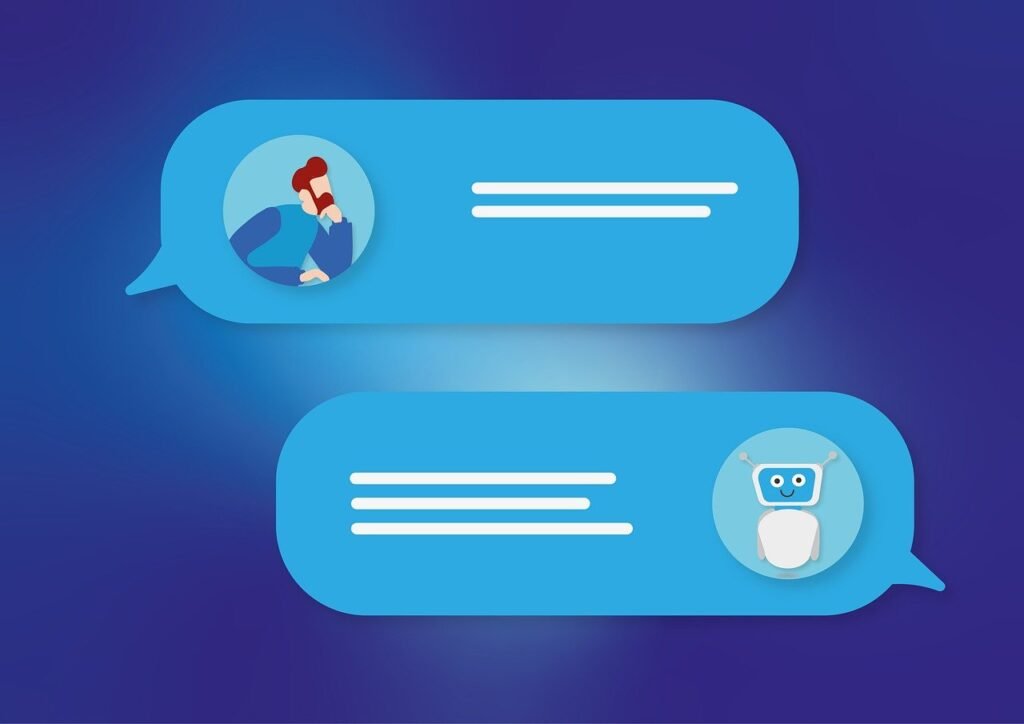Artificial Intelligence (AI) has made significant advancements in recent years, particularly in the field of natural language processing. Understanding and processing human language is a complex task that AI systems are now able to tackle with remarkable accuracy and efficiency. In this article, we will explore how AI understands and processes human language.
1. Natural Language Processing (NLP)
Natural Language Processing (NLP) is a subfield of AI that focuses on the interaction between computers and human language. It involves teaching computers to understand, interpret, and generate human language in a way that is both meaningful and contextually relevant. NLP enables AI systems to comprehend and respond to human language input.
2. Machine Learning and AI
Machine Learning (ML) is a key component of AI that enables systems to learn and improve from experience without being explicitly programmed. When it comes to understanding human language, ML algorithms play a vital role. By training on large datasets containing human language examples, AI models can learn patterns, relationships, and semantic meanings.
Through ML, AI systems can develop language models that capture the statistical properties of human language. These models can then be used to understand and process new language inputs. The more data the AI system is exposed to, the better it becomes at understanding and generating human language.
3. Semantic Analysis
Semantic analysis is a crucial aspect of AI’s understanding of human language. It involves extracting meaning and context from text or speech. AI systems use various techniques such as word embeddings, semantic parsing, and sentiment analysis to comprehend the underlying semantics of human language.
Word embeddings, for example, represent words as numerical vectors in a multi-dimensional space. This allows AI systems to understand the relationships between words and capture their contextual meaning. Semantic parsing helps in understanding the structure and meaning of sentences, while sentiment analysis helps determine the emotional tone behind a piece of text.
4. Natural Language Understanding (NLU)
Natural Language Understanding (NLU) is a subset of NLP that focuses on extracting meaning and intent from human language. NLU enables AI systems to comprehend the nuances of language, including idioms, metaphors, and sarcasm. It involves tasks such as named entity recognition, part-of-speech tagging, and syntactic parsing.
Named entity recognition helps identify and classify named entities such as people, organizations, and locations. Part-of-speech tagging assigns grammatical tags to words in a sentence, while syntactic parsing analyzes the grammatical structure of a sentence. These NLU techniques contribute to AI’s ability to understand and process human language accurately.
5. Natural Language Generation (NLG)
Natural Language Generation (NLG) is another aspect of AI’s language processing capabilities. NLG involves the generation of human-like text or speech based on given data or input. AI systems can use NLG to generate coherent and contextually relevant responses to human language queries.
By combining the understanding of human language with NLG, AI systems can provide meaningful and informative responses. This is particularly useful in applications such as chatbots, virtual assistants, and automated customer support systems.
6. Contextual Understanding
AI systems also take into account the context in which human language is used. Understanding context is crucial for accurate interpretation and response generation. Contextual understanding involves considering the surrounding words, sentences, and even the broader conversation or document.
AI models can leverage contextual information using techniques such as attention mechanisms and transformer architectures. These approaches allow the AI system to focus on relevant parts of the input and generate contextually appropriate responses.
Conclusion
AI has come a long way in understanding and processing human language. Through the advancements in natural language processing, machine learning, semantic analysis, natural language understanding, natural language generation, and contextual understanding, AI systems are now capable of comprehending and responding to human language input with remarkable accuracy.
As AI continues to evolve, we can expect even more sophisticated language processing capabilities, enabling AI systems to understand and communicate with humans in a more natural and meaningful way.

